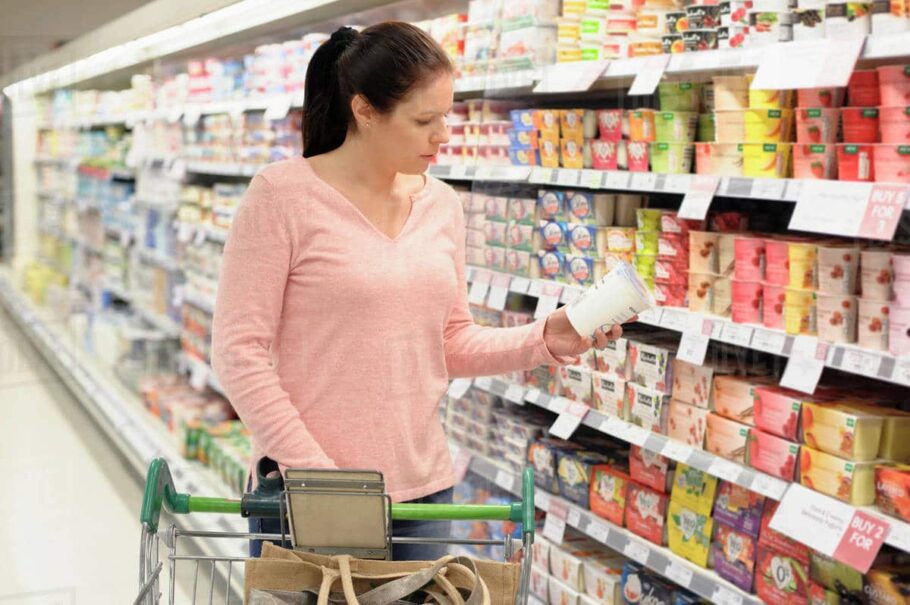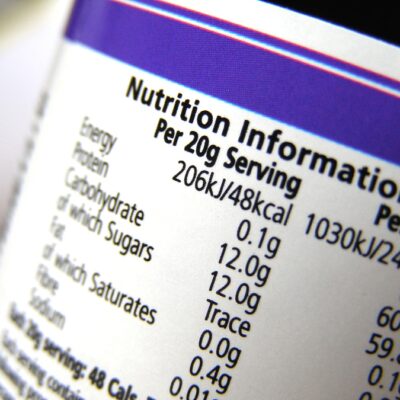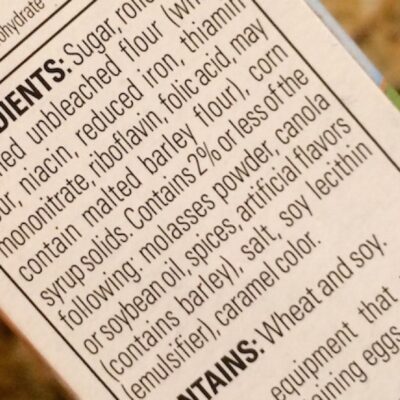-
For Families
Family Programmes
Find out moreBeeZee Families
12 weeks to a healthier, happier familyFind out moreFamilies Live
Create lifelong healthy habits from homeFind out moreFamilies LITE
1-1 health & wellness support for your familyFind out moreFamilies Academy
Online learning at your own paceFind out moreB.You(th)
Support, health and wellbeing for teenagersFind out moreHENRY
A healthy start for your little ones (0-5 years) -
For Adults
Adult Programmes
Find out moreBeeZee for All
Build healthy habits that last a lifetimeFind out moreBeeZee Live
Log on to a happier, healthier youFind out moreGutless
Time to say bye bye to your beer belly!Find out moreAdults Academy
Online learning at your own paceFind out moreLearning Disabilities
For people with learning disabilitiesFind out moreVisual Impairments
For people with visual impairmentsFind out morePhysical Impairments
For people with physical impairments - Professionals
- About






